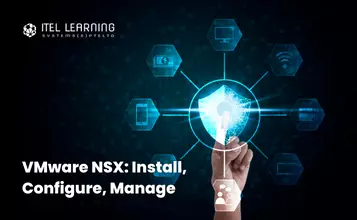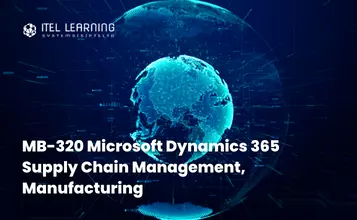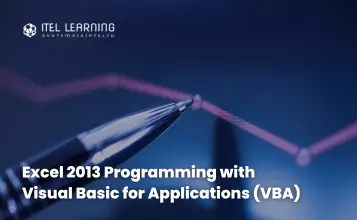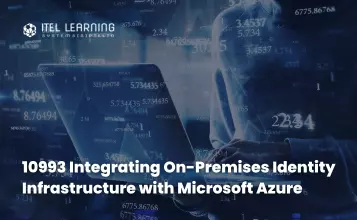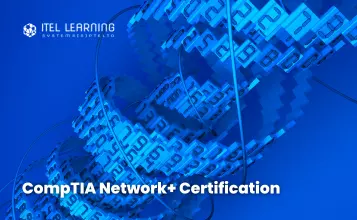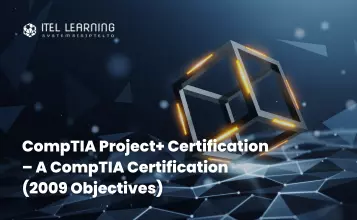Overview
This five-day, comprehensive, fast-paced training course presents VMware NSX® as a part of the software-defined data center. You will learn how to use logical switching in NSX to virtualize your switching environment. The course also details logical routing to enable you to dynamically route between different virtual environments. You will also learn how to use gateway services, firewall configurations, and security services to help secure and optimize your NSX environment.
Access to a software-defined data center environment is provided through hands-on labs to reinforce the skills and concepts presented in the course.
Product Alignment
- VMware NSX 6.4
Prerequisites
- Understanding of enterprise switching and routing
- Knowledge of TCP/IP services
- Experience with firewalls and firewall rule sets
- Understanding of concepts presented in the VMware Data Center Virtualization Fundamentals course
- Understanding of the concepts presented in the VMware Introduction to Network Virtualization with NSX course
Who Should Attend?
- Experienced system or network administrators
Course Outline
- Introductions and course logistics
- Review course objectives
- Describe VMware vSphere® networking components
- Describe vSphere standard switches
- Describe vSphere distributed switches
- Describe the benefits of NSX
- Identify NSX key use cases
- Describe the NSX architecture
- Describe the cloud management, management, control, and data planes of NSX
- Identify the component interactions
- Describe the VMware NSX® Controller™ cluster and its functions
- Explain the NSX Controller workload distribution
- Explain the steps required for an NSX installation
- Describe what is involved in planning an NSX deployment
- Describe the NSX Controller cluster and deployment
- Describe NSX Controller cluster high availability and load distribution
- Explain how to deploy and configure the NSX Controller cluster
- Explain the workflow involved in host preparation
- Explain transport zones, VXLANs, and VXLAN tunnel end points (VTEPs)
- Describe the procedure for preparing the infrastructure for virtual networking
- Describe the configuration of vSphere distributed switches for VXLAN
- Identify the components involved in NSX logical switching
- Define VLANs for VXLAN
- Explain the east-west and north-south routing concepts
- Define the NSX distributed logical router
- Explain the logical router, interfaces, and interface addresses
- Describe the management and control plane interaction
- Describe logical router deployment models and two-tier routing for east-west traffic
- Explain the common topologies of an NSX Edge services gateway
- Describe how routers connect remote networks
- Explain route redistribution methods
- Describe less-than-or-equal (LE) and greater-than-or-equal (GE) configurations
- Describe routing event notification enhancements
- Configure equal-cost multipath (ECMP) routing
- Describe high availability for NSX Edge service gateways
- Explain L2 bridging use cases
- Describe software and hardware L2 bridging between VXLAN and VLANs
- Discuss L2 bridging packet flows
- Describe the NSX Edge Services
- Explain how Network Address Translation (NAT) works
- Explain NAT64
- Explain the function of load balancing
- Explain one-armed and inline load-balancing architectures
- Explain the DHCP and DNS services for NSX Edge
- Describe the NSX Edge VPN services
- Describe the VPN use cases
- Configure a L2 VPN on an NSX Edge instance
- Configure an NSX Edge instance for IPsec VPN services
- Explain NSX Edge SSL VPN-Plus services
- Configure NSX Edge SSL VPN-Plus server settings
- Describe the policy enforcement of the distributed firewall
- Describe virtualization context-awareness
- Explain custom network and security containers
- Describe the architecture of an NSX Edge firewall
- Explain DHCP snooping
- Explain ARP snooping
- Describe NSX SpoofGuard
- Identify how tags enable dynamic security service chains
- Explain Service Composer groups, policies, and tags
- Describe the Identity Firewall architecture
- Explain Application Rule Manager
- Explain how to create a monitoring session
- Describe the types of introspection services
- Describe the installation and configuration of Guest and Network Introspection
- Summarize Guest and Network Introspection alarms, events, and audit messages
- Describe cross-vCenter features and use cases
- Identify VMware NSX® Manager™ roles and NSX Controller cluster placement
- Deploy universal logical networks
- Explain the design considerations for cross-vCenter NSX
